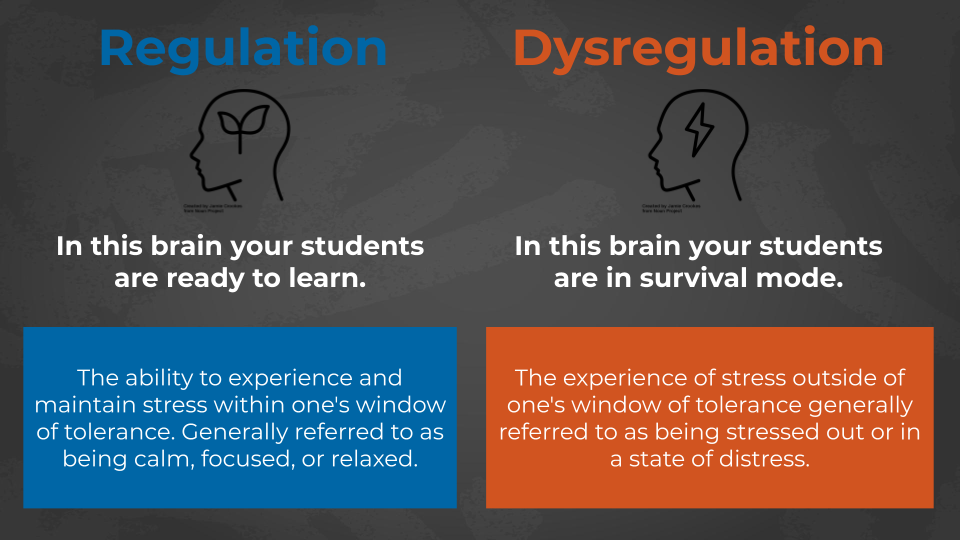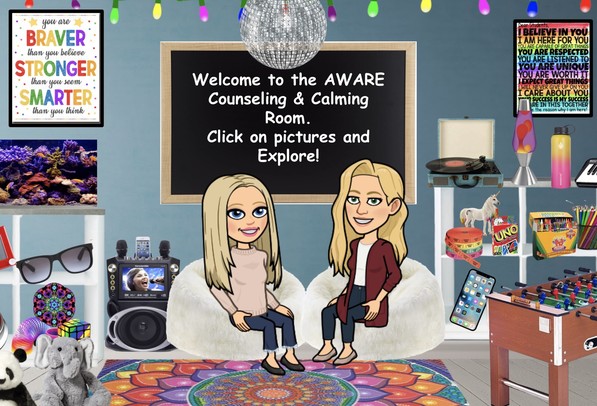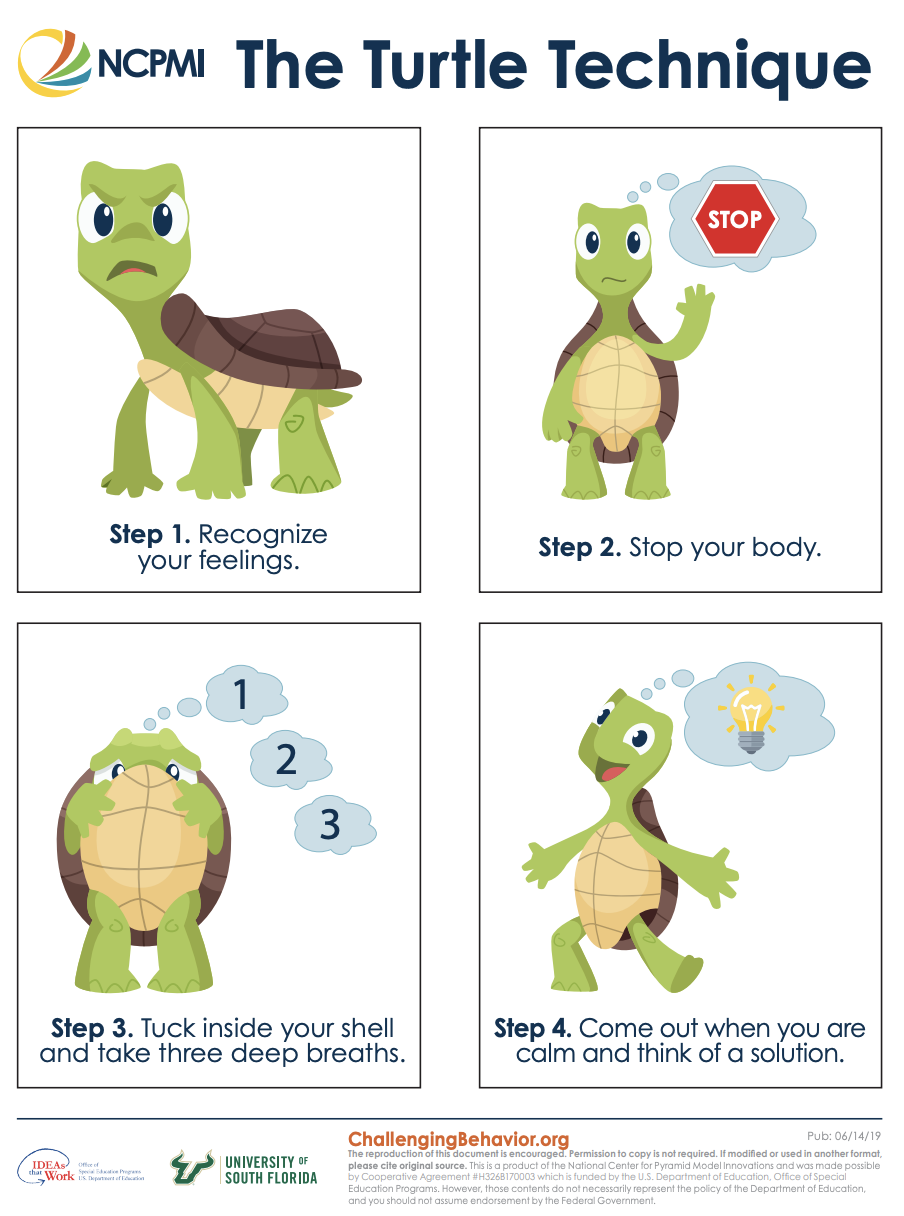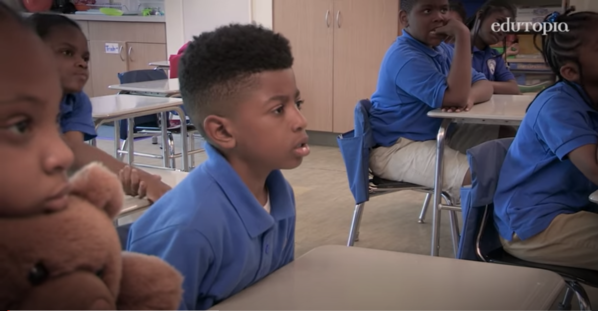|
Contents:
 Explore Behavior Bytes for targeted strategies and evidence-based training on social-emotional behavior (SEB) multi-tiered supports.
 Taylor, et. Al 1997
How can you prevent dysregulation?
By creating a calming room in your school or virtually you can help alleviate stress for your students. These rooms provide a space for educators and students to step away from the pressures of everyday life.
 Project AWARE Counseling, Calming, & Resource Room
A virtual calming room is a designated area within the school's online platform where a student may receive or exclude sensory input and work on self-regulating behaviors. These virtual spaces foster perceptions of safety and security, promote personal discovery, and foster wellness.
Counselors: For more information on how to create a virtual calming room, you can click here. Also, you can visit Project AWARE Counseling, Calming, & Resource Room, by clicking here.
Educators: For more information on creating a virtual calming room for your classroom, click here.
How can you teach regulation?
In Class Breaks give students the opportunity to gain tools and have space to practice personal safety and self-regulation when feeling heightened emotions.
- To regulate emotions, one must bring into play the rapid and accurate recognition of physiological arousal.
- The cognitive process required to think, for example, “I need to calm down,” and the behavioral pretense of taking a deep breath and reacting calmly.
Children who learn to cope with their emotions constructively have an easier time with disappointments, aggravations, hurt feelings, but also have an easier time relating to other children, adults at home, at school, at childcare, and on the playground (Strain & Joseph, 2003).
Self-Regulation Skills for Early Childhood, Relaxation Thermometer.
For more information on regulation strategies and classroom connections for early childhood, click here.

How can you respond to dysregulation?
Consistently and appropriately respond to dysregulated behaviors that do not accidentally reinforce the student or possibly continue the cycle of trauma for a student.
 This video shows educators how to teach self-regulation by modeling. "Teaching children how to manage their emotions is a learning pathway." - Dr. Linda Darling-Hammond
|